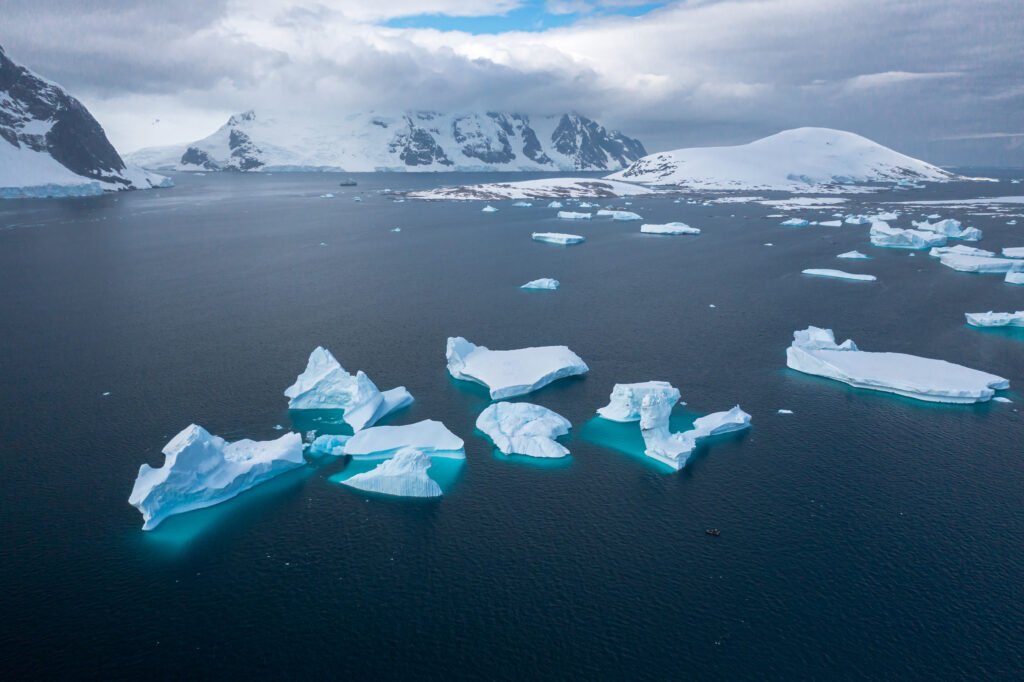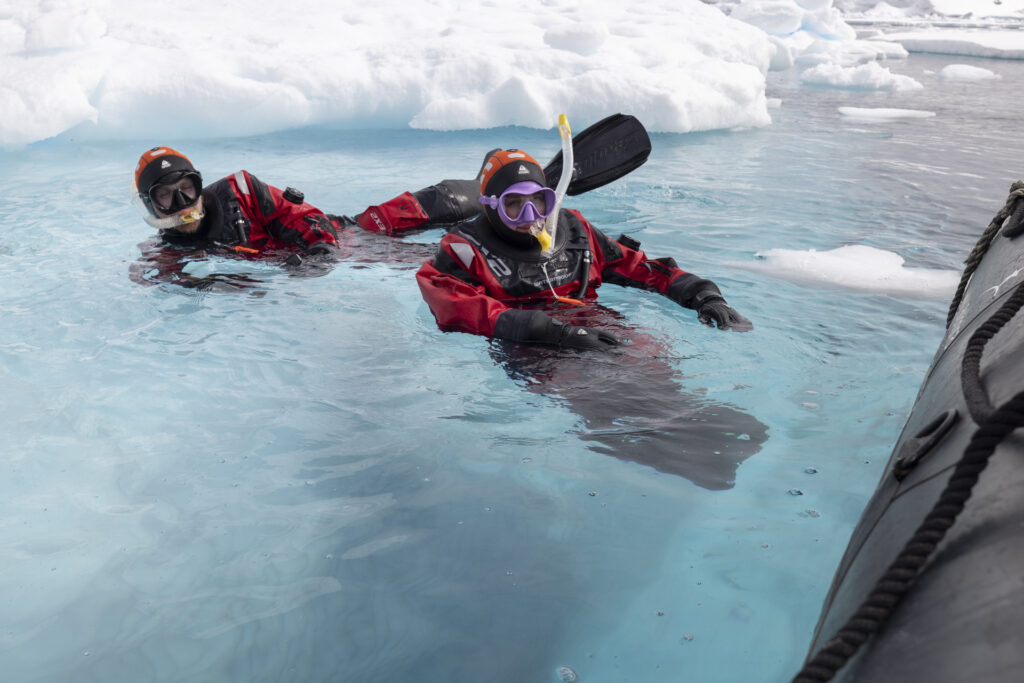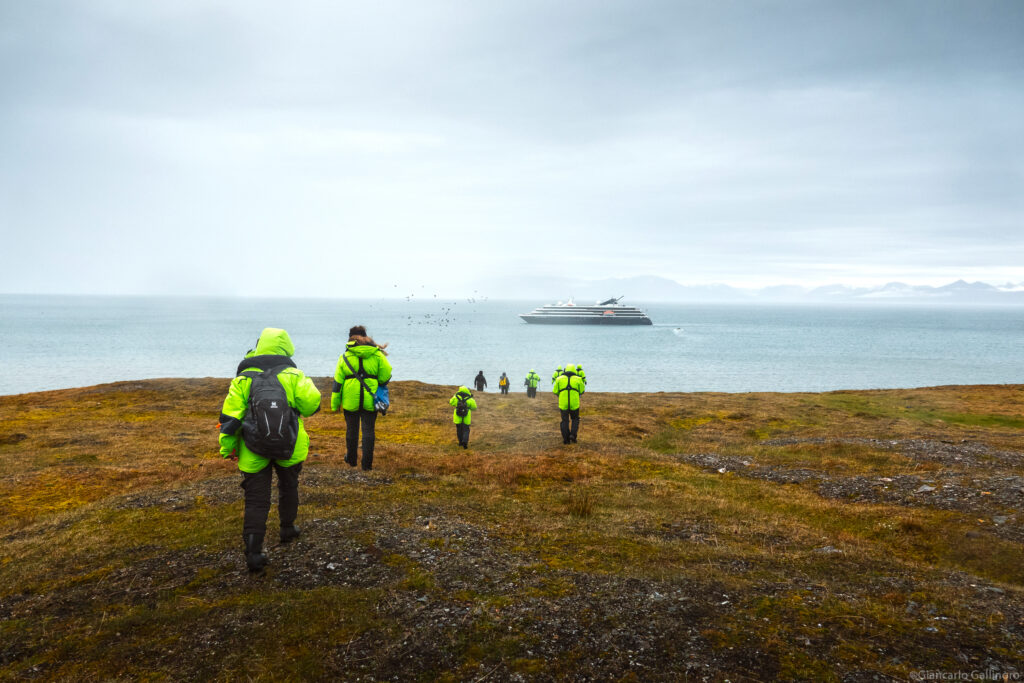Overview
Experience one of the most remote, historic sectors of the deep South in comfort on this exploratory expedition aboard the luxurious Douglas Mawson. Your journey begins in the subantarctic, where yellow-eyed penguins waddle through wizened rātā forests and royal albatross nest amid megaherb moors. Cross the Antarctic Circle and cruise the pack, keeping watch for emperor and Adélie penguins porpoising along the ice edge, orcas patrolling for prey, and snow petrels soaring against a backdrop of the vast Antarctic Ice Sheet.
Embrace the spirit of adventure as you continue along the Victoria Land Coast and into the Ross Sea, where the Antarctic Ice Sheet flows into the world’s largest floating ice shelf. These are historic waters, where the explorers of the Heroic Age staged their bold assaults on the South Geographic Pole. Hear the stories of their expeditions and attempt to land at some of their remarkably well-preserved huts.
Trip Highlights
- Skirt rowdy beaches crowded with harems of New Zealand (Hooker’s) sea lions to reach rātā forests where rare yellow-eyed penguins can be found.
- Revel in the richness of the unique Ross Sea ecosystem, part of the Ross Sea Region Marine Protected Area and a Sylvia Earle Mission Blue “Hope Spot”.
- Navigate through gleaming pack ice alive with Weddell and leopard seals, Adélie and emperor penguins and whales feeding in fathomless leads.
- Reflect on the remarkable achievements of the Heroic Age explorers as we attempt to visit some of their beautifully preserved historic huts (conditions permitting).
Itinerary
Please fill out the form below to request a quote for rates.
Inclusions
- All airport transfers mentioned in the itinerary.
- One night’s hotel accommodation including breakfast, in Dunedin on Day 1.
- Onboard accommodation during voyage, including daily cabin service.
- All meals, snacks, tea and coffee during voyage.
- Beer, house wine and soft drinks with dinner.
- Captain’s Farewell reception including four-course dinner, house cocktails, house beer and wine, non-alcoholic beverages.
- All shore excursions and Zodiac cruises.
- Educational lectures and guiding services provided by Expedition Team.
- Complimentary access to onboard expedition doctor and medical clinic (initial consultation).
- One 3-in-1 waterproof, polar expedition jacket.
- Complimentary use of Muck Boots during the voyage.
- Comprehensive pre-departure information.
- Port surcharges, permits and landing fees.
- Wi-Fi*.
- * Please note we travel to remote regions and therefore the connection can be unreliable.
Exclusions
- International or domestic flights – unless specified in the itinerary.
- Transfers – unless specified in the itinerary.
- Airport arrival or departure taxes.
- Passport, visa, reciprocity and vaccination fees and charges.
- Travel insurance or emergency evacuation charges.
- Hotel accommodation and meals – unless specified in the itinerary.
- Optional excursions and optional activity surcharges.
- All items of a personal nature, including but not limited to alcoholic beverages and soft drinks (outside of dinner service), gratuities, laundry services, personal clothing, medical expenses or phone charges.
Map






















